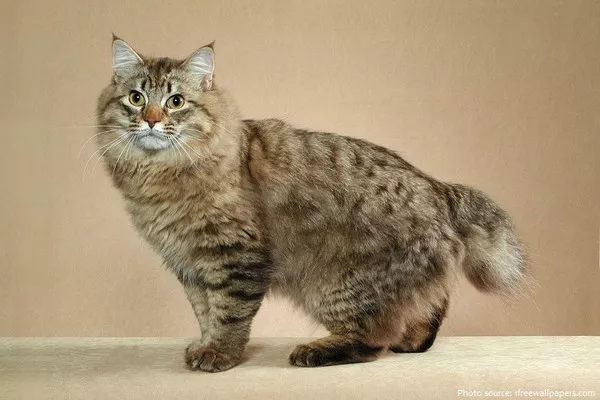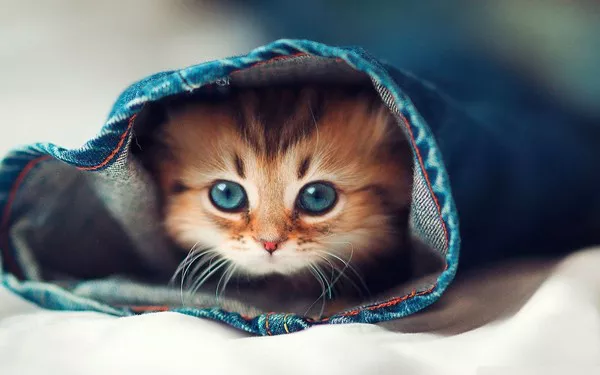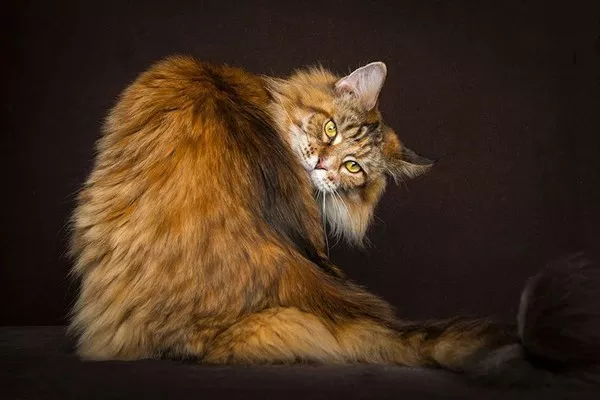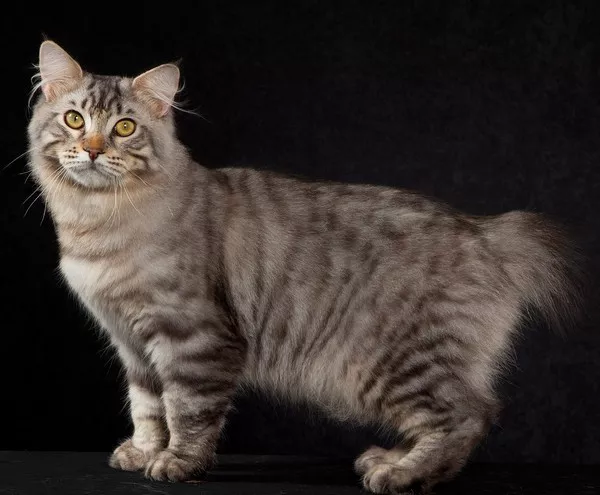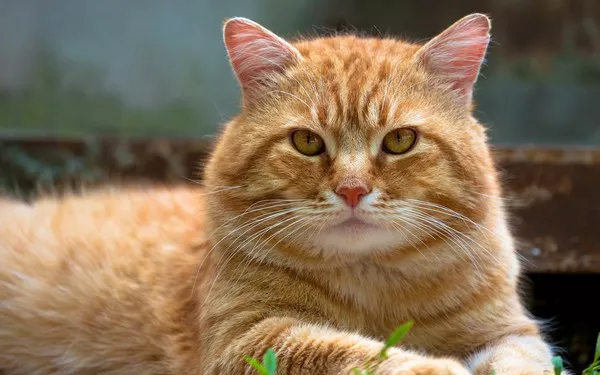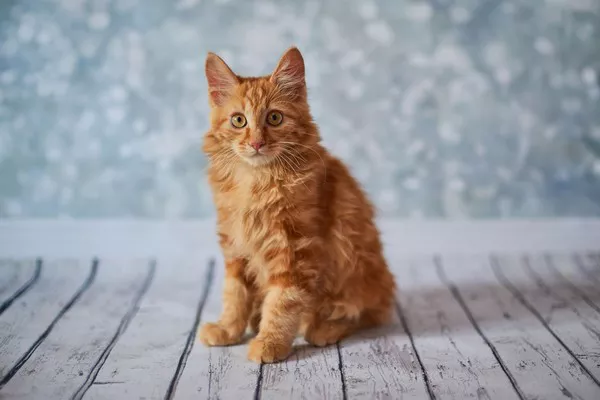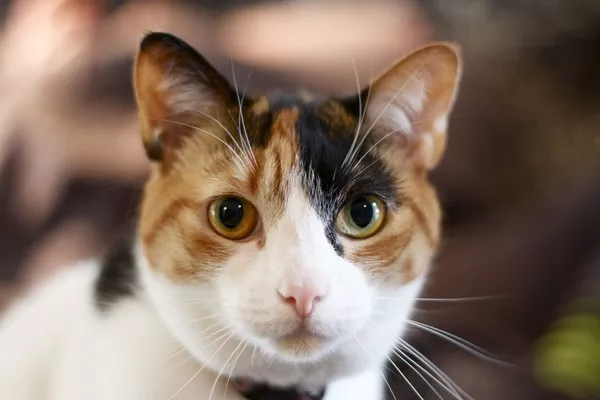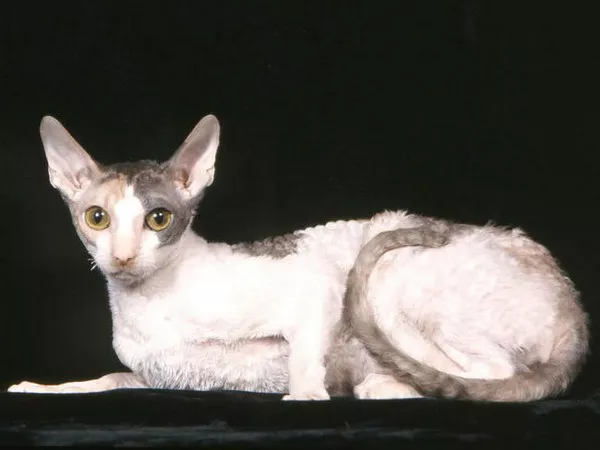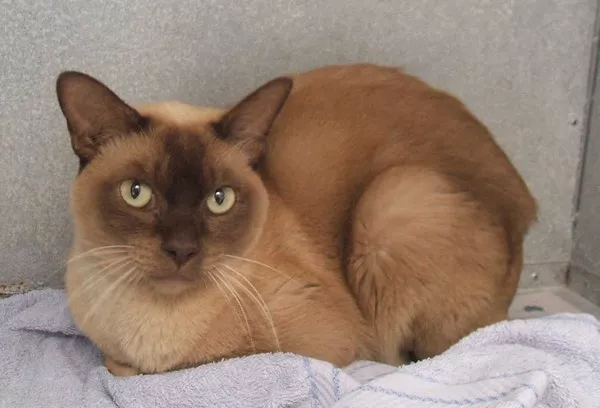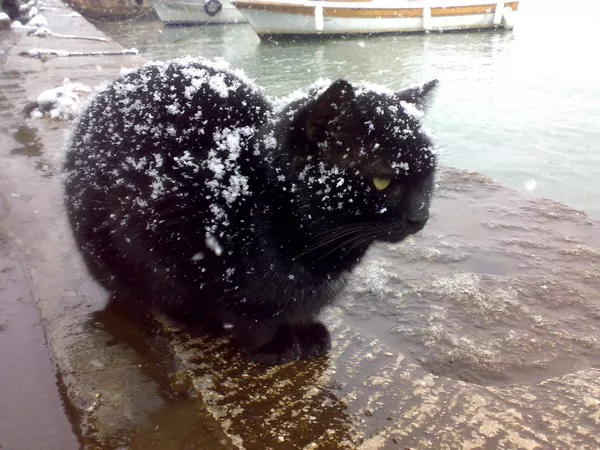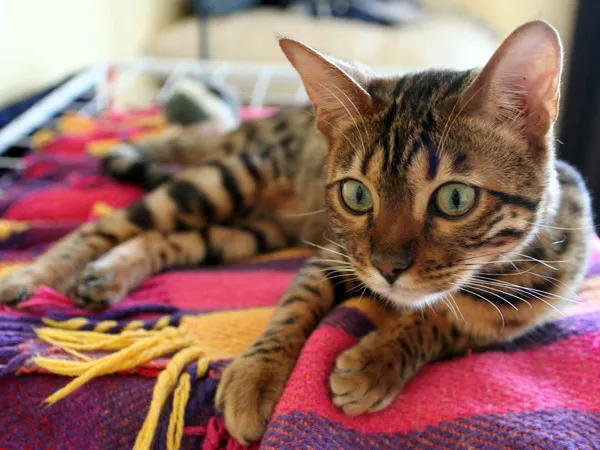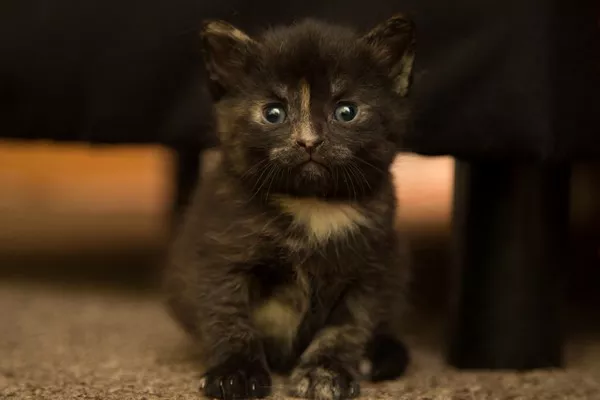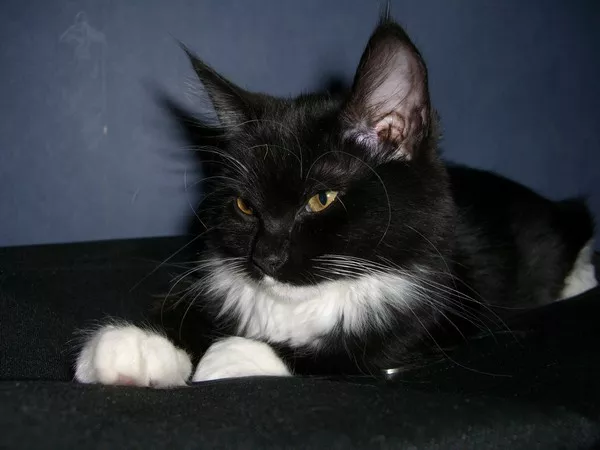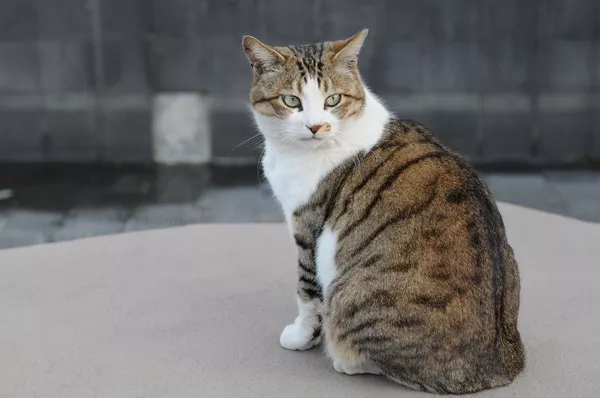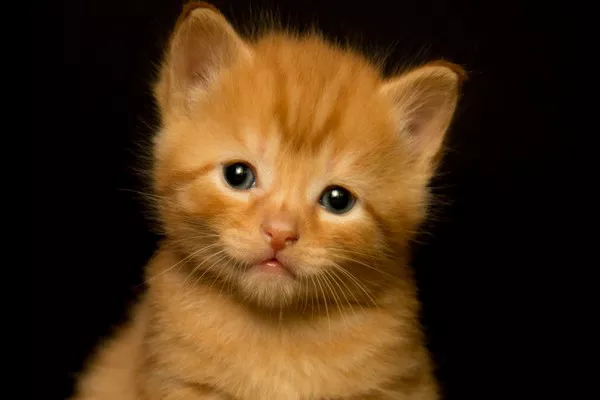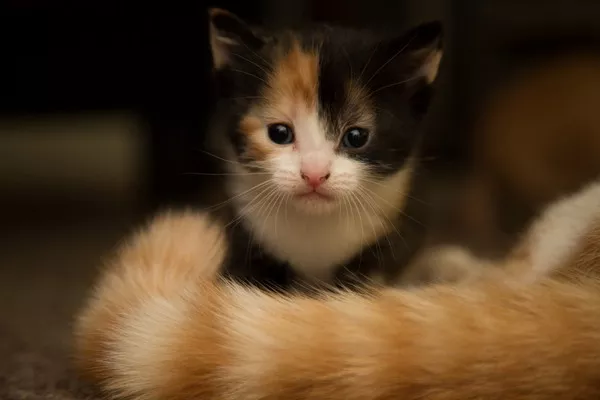Cats have been beloved companions for centuries, captivating us with their grace, beauty, and unique personalities. Among the many cat breeds available today, two distinctive ones that often draw attention are the American Bobtail and the Manx cat. While both share some similarities, they also possess striking differences that set them apart. In this article, we will explore the characteristics, histories, temperaments, physical traits, and health considerations of these two fascinating feline breeds.
History and Origins:
1. American Bobtail:
The American Bobtail breed originated in the 1960s in the United States. It was the result of a natural genetic mutation that produced short tails in domestic cats. These cats were then selectively bred to preserve the unique bobtail trait while maintaining their overall health and temperament. The breed gained recognition from cat registries in the 1980s and has since grown in popularity due to its distinctive appearance and friendly nature.
2. Manx Cat:
The Manx cat, on the other hand, has a much longer history. Native to the Isle of Man, located in the Irish Sea, the breed is believed to have existed for several centuries. The Manx cat is known for its lack of tail or having only a partial tail, which is again caused by a genetic mutation. Legend has it that the Manx cats originated from a shipwrecked Spanish Armada vessel, but this theory lacks substantial evidence. Regardless, the breed has a rich folklore and has been recognized as a distinct breed since the late 19th century.
Temperament and Personality:
1. American Bobtail:
American Bobtails are renowned for their friendly and sociable nature. They are known to be affectionate, playful, and outgoing, making them excellent family pets. These cats typically enjoy interactive play and can get along well with children and other animals when properly introduced. They are intelligent and adaptable, making them easy to train and often responsive to commands.
2. Manx Cat:
Manx cats have a reputation for being gentle and loyal companions. They are known to form strong bonds with their human family members and can be highly protective. Manx cats are generally reserved and may take some time to warm up to strangers or new environments. However, once they establish trust, they display affectionate and loving behavior. These cats are independent, yet they appreciate companionship and can adapt well to different living situations.
Physical Traits:
1. American Bobtail:
The most distinctive feature of the American Bobtail is its short, “bobbed” tail. The length of the tail can vary, ranging from a few vertebrae to almost reaching the hock. Apart from the tail, American Bobtails have a muscular and medium-sized body with a semi-foreign build. They have a broad head, almond-shaped eyes (which can come in various colors), and expressive faces that exude intelligence. Their coat can be short or long, with a variety of patterns and colors.
2. Manx Cat:
The most notable physical characteristic of the Manx cat is its lack of a tail or the presence of a small stump. This unique trait is caused by a genetic mutation affecting the development of the spine. Manx cats have a compact and rounded appearance, with a solid bone structure. They have a broad chest, short back, and hind legs that are slightly longer than their front legs. Their heads are round with large, expressive eyes that can be copper, hazel, gold, or green. The Manx breed comes in both short-haired and long-haired varieties, with numerous color and pattern combinations.
Health Considerations:
1. American Bobtail:
Overall, the American Bobtail is considered a healthy breed with no specific breed-related health issues. However, like all cats, they should receive regular veterinary check-ups, vaccinations, and preventive care to maintain their well-being. It is essential to monitor their weight as they have a robust appetite and can become overweight if not provided with a balanced diet and sufficient exercise.
2. Manx Cat:
The Manx breed is prone to certain health conditions associated with the spinal abnormality that causes their taillessness. These conditions include Manx Syndrome, which can cause digestive, urinary, and mobility issues. Careful breeding practices can help reduce the risk of these conditions, but potential owners should be aware and prepared for the possibility of specific health concerns. Regular veterinary care and a balanced diet are crucial for maintaining the health of Manx cats.
Conclusion:
In summary, both the American Bobtail and the Manx cat are unique and captivating feline breeds with distinct characteristics. The American Bobtail charms with its bobbed tail, friendly nature, and adaptable personality, making it a wonderful choice for families seeking an interactive and sociable companion.

